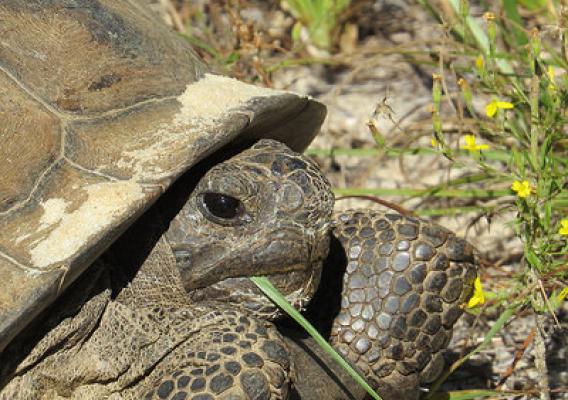This post is part of the Science Tuesday feature series on the USDA blog. Check back each week as we showcase stories and news from USDA’s rich science and research portfolio.
Consumer demand for organically produced goods has shown double-digit growth during most years since the 1990s, according to industry statistics, providing market incentives for U.S. farmers across a broad range of products. Consumers can now purchase organic food at nearly three out of four conventional grocery stores. These products generally carry a price that reflects the additional costs of producing organic foods and of keeping products segregated throughout the supply chain. The price premiums reflect these costs as well as consumers’ willingness to pay more for organic products.
A new Economic Research Service report provides estimated retail price premiums—and changes in premiums—for 17 commonly purchased organic foods relative to their nonorganic counterparts from 2004 to 2010. We used grocery store purchase data from a large set of nationally representative households. The data included detailed information on each product (degree of processing, flavor, package size, and whether organic), its price, and where it was purchased, allowing us to isolate the organic price premium.










